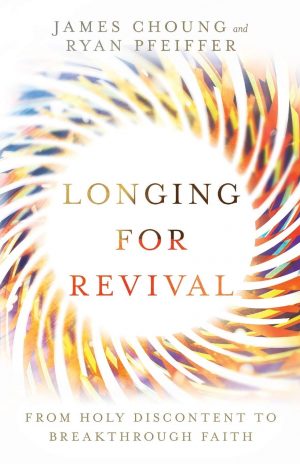At various times, I have experienced periods of intense spiritual growth. I have also participated in extended occasions in church life where the adjectives more and better describe the congregation’s experience of God and of effectiveness in mission, respectively. Both are examples of revival.
Revival seems like a strange term to many Christians today, a word from another age or place. They acknowledge that revival happened back then or is happening somewhere else, but they don’t see it happening right now, right here. They don’t feel it happening in themselves either.
Worse, the term revival provokes suspicion in some minds because of its association with anti-intellectualism and emotionalism. This suspicion isn’t new. In his 1876 autobiography, Charles Finney described as a “burnt district” certain areas of central and western New York. “Taking what they had seen as a specimen of a revival of religion,” Finney writes, “they felt justified in opposing anything looking toward the promoting of a revival.”
But once you factor out the strangeness of and suspicions about the word revival, it still names what all Christians want, individually and corporately: more of God, and better effectiveness in mission. We all long for revival.
Revival is the work of God’s Spirit. We can’t gin it up, but we can prepare to receive it. How to do so is the subject of Longing for Revival by James Choung and Ryan Pfeiffer. Choung is vice president of strategy and innovation for InterVarsity Christian Fellowship (USA). Pfeiffer is next gen pastor at North Coast Calvary Chapel in Carlsbad, California. They divide their work into three parts.
Part One asks, what is revival? It is, in their words, “a season of breakthroughs in word, deed, and power that ushers in a new normal of kingdom experience and fruitfulness.” Word, deed, and power express the gospel in different ways: word as “biblical preaching and teaching”; deed as “compassion and justice”; and power in “miraculous or explicitly supernatural ways.”
Different revivals begin with an emphasis on different expressions. The Great Awakening is remembered for its preaching, the Second Great Awakening for its activism, and Azusa Street for its signs and wonders. Yet, the authors contend, “Revivals, as they mature, move toward the center. They exhibit word, deed, and power in love.” A focus on one of these expressions to the detriment of others “can stunt revival in our hearts and communities.”
Part Two asks, how do you prepare for revival? It outlines four essential practices: consecration, calling, contending and character. These are especially the practices of those who lead revivals. “Revivals are first experienced, and then given away,” the authors write.
Consecration consists of “making ourselves available to God so he can make us holy, and set us apart for his holiness.” Calling nourishes a “holy discontent” with the way things are. “It’s a provocateur against comfort, prodding us toward an alternative vision of what God can do.” The consecrated and called engage in contending, which isn’t contentiousness! Instead, it is “learning to pray in such a way as to not give up” — spiritual warfare, in other words, “fighting with God’s power and not with our own.” Finally, character. “Revival leadership invariably takes us on a path of confrontation with the status quo, and that means our character will be tested by both the praise we receive and the rejection we suffer.” Too often, revivals falter because their leaders fail this test.
Part Three asks, how do you lead revival? One noteworthy insight is what the authors call the “Mystery and Strategy Paradox.” In any revival, there are experiential elements (“mystery”) and organizational elements (“strategy”). According to the authors, a “holistic” revival majors in both mystery and strategy. When it majors in mystery but minors in strategy, it’s “experiential.” When it minors in mystery but majors in strategy, it’s “pragmatic.” When it minors in both, it’s merely “social,” a gathering of amiable people with no greater passion or purpose.
There’s an old gospel chorus that, if you pray it and live it, will lead beyond no greater to more and better. It doesn’t make an appearance in Longing for Revival, but it’s a fitting coda nonetheless:
Revive us again; fill each heart with They love;
May each soul be rekindled with fire from above.
Hallelujah! Thine the glory, Hallelujah, amen!
Hallelujah, Thine the glory, revive us again!
Book Reviewed
James Choung and Ryan Pfeiffer, Longing for Revival: From Holy Discontent to Breakthrough Faith (Downers Grove, IL: InterVarsity Press, 2020).
P.S. If you liked my review, please click “Helpful” on my Amazon review page.
P.P.S. This review appeared in the March-April 2020 issue of Influence magazine and is posted here with permission.


much needed expose brother George. God bless the effort and crown it with success.